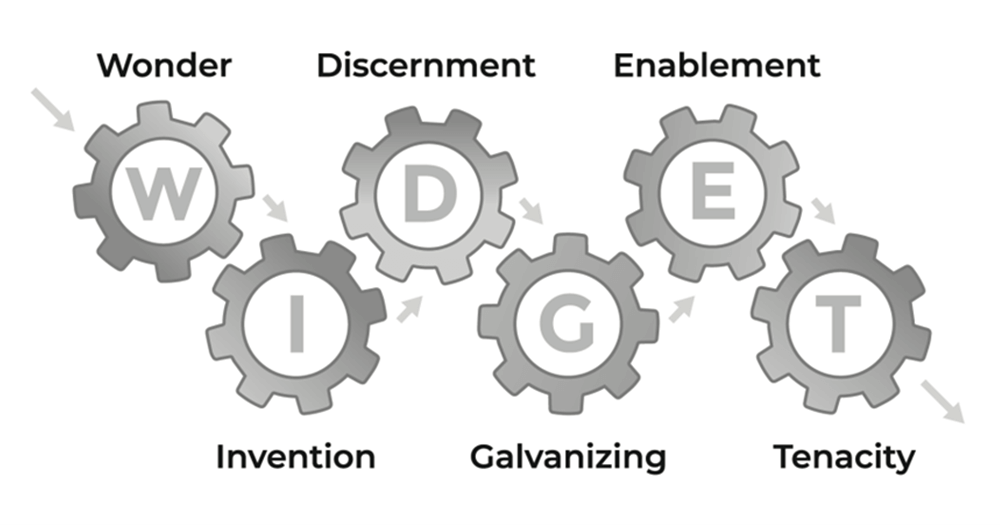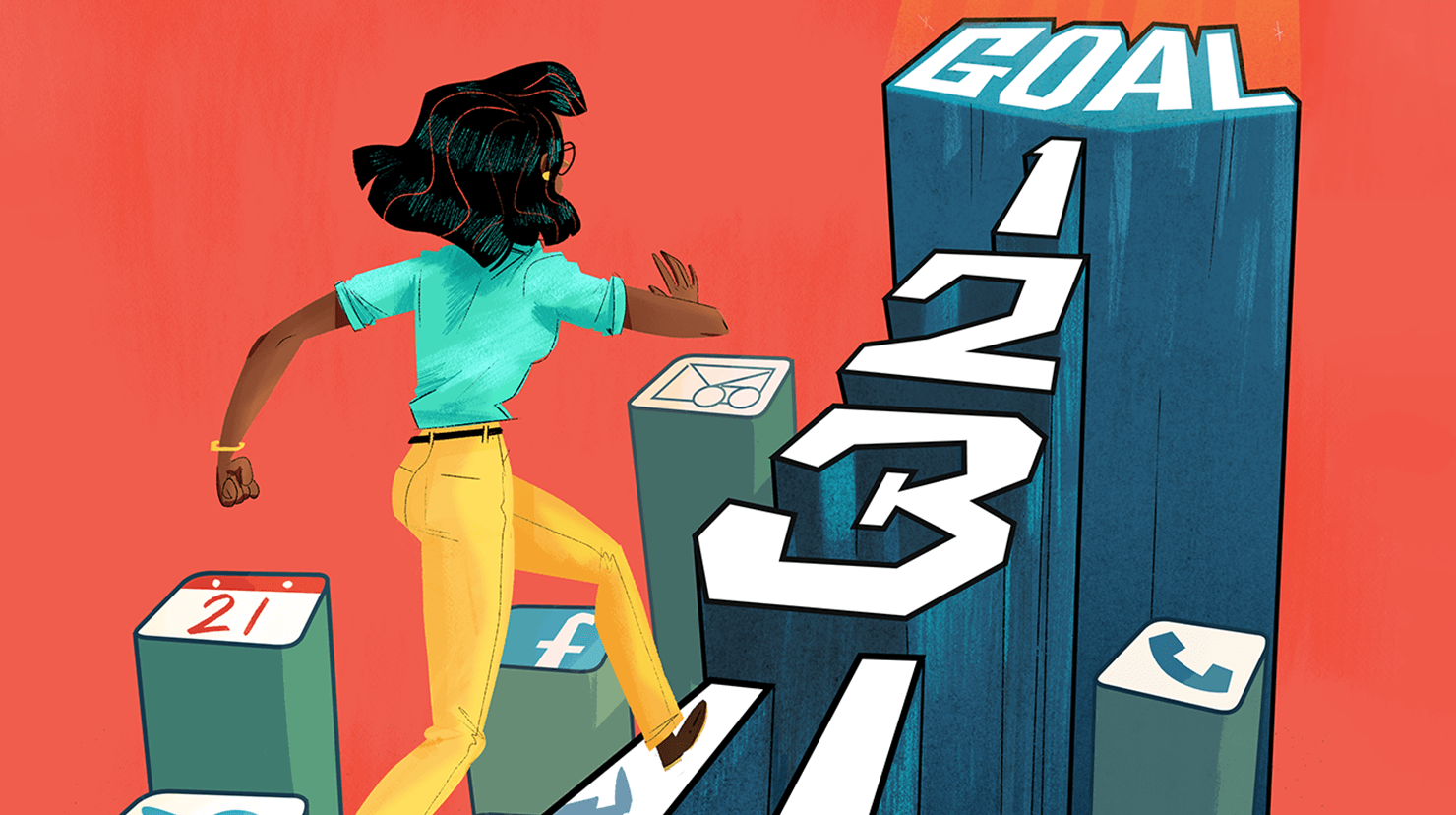
How often have you written an email and heard a little voice in your head say, “You really should proofread that,” and thought, I know, but I don’t have time! Then you suffer the mortifying consequences.
Or, maybe you’ve written to a colleague or customer while trying to do something else and ended up making a faux pas or upsetting your reader. As a Toastmaster, you may have experienced the painful consequences of presenting a speech that you rushed to prepare. In training businesspeople to write clearly, I have noticed that when people make costly communication mistakes, it’s usually because they are rushing.
We all sense intuitively that rushing is counterproductive, but we feel we have so much to do that we have no choice but to rush. Yet think about a time when you rushed to complete a task: Did you really save any time? Did you have to spend more time repairing mistakes caused by rushing? Fundamentally, is rushing sustainable?
Rushing exacts a high price: Ruined relationships. Wrecked reputations. Costly mistakes and misunderstandings. Lost sales. Even on-the-job injuries. Beyond these costs, there is the loss of serenity that rushing creates in our minds. The good news is that there are practical alternatives to feeling that we are always dashing in a futile effort to catch up.
The first step in moving quickly is to find your focus, get centered, and set your intentions for each day.
Of course, you have to get the work done. However, you can move quickly without rushing. What is the difference? When you move quickly, you are focused, centered, and in control of yourself, like an Olympic skater spinning on ice. When you rush, you are scattered, uncentered, and at the mercy of emotions or outside forces. When skaters lose focus, they fall—and we do too.
The first step in moving quickly is to find your focus, get centered, and set your intentions for each day. Then implement. Maintaining a focused state of mind will carry you to fulfilling your goals more reliably than all the multitasking in the world. As the late Apple co-founder Steve Jobs said, “Focus and simplicity: Once you get there, you can move mountains.”
It’s easy to talk about staying focused and not rushing, but in the tumult of everyday life, it can be hard to do. Fortunately, you can adopt a few habits that will build your capacity to move quickly without rushing.
Here are a few ideas to prime you for success:
Before You Start the Day
Knowing your main goals for the next day before you go to sleep at night enables you to hit the ground running in the morning. This practice also enables your unconscious mind to do its magic while you sleep, so you will wake up more prepared to tackle your tasks.
I have practiced meditation for decades; in my experience, even a few minutes of meditation or prayer in the morning can make the difference between a productive day and a frazzled one. I strongly recommend that you spend a few moments finding your center before you start your day.
Research indicates that the brain works best in 20-minute increments.
A centering practice I learned long ago is this: Sit up straight with shoulders back and feet flat on the floor. Imagine a string extending from the ceiling to the crown of your head. Put your attention on a spot about three inches below your navel. Then take several deep breaths, focusing on the center of your belly.
To facilitate a focused mindset, spend time after you wake up to set your purpose for the day. Don’t jump on your smartphone right away. Instead, take a few minutes for yourself. Whether you meditate, pray, journal, walk, run, or sit quietly with a cup of coffee, gather your thoughts and intentions before you let the world come charging in.
During the Day
Research shows that human beings are able to work productively for only about four hours a day. Figure out when your most productive hours are and use them to accomplish your most important tasks. Entrepreneur Alex Cavoulacos suggests following the 1,3,5 Rule: Plan to complete one major task, three mid-level goals, and five small jobs daily. If you can only accomplish one big thing, consider the day a success. To achieve this, follow these tips.
- Prioritize. Focusing on the small number of tasks requires us to prioritize them. Clearly, there will be interruptions; our task is to manage them so we can still accomplish the main tasks. That may mean scheduling specific times to check email or asking an unexpected visitor to return after you have completed your main goal.
- Do not multitask. Multitasking is the bane of productivity. It is also the source of most of the rushing that people do. When we try to do three things at once, we generally do all three badly. If you have three tasks: A, B, and C, and you try to accomplish them by switching from one task to another until all are completed, you will spend more time than if you had done all of A, all of B, and then all of C. The lost time is associated with the energy expended while switching tasks. You may have the illusion that you are more productive because you’re juggling balls madly: Be aware that this feeling is illusory and ultimately leads to a frazzled mental and physical state. You might not be able to complete a whole project during your available time. If that’s the case, then complete a sub-task.
- Work in short spurts. Research indicates that the brain works best in 20-minute increments. After that, our focus begins to wane. So, take a moment to stretch or take a quick break every 20 minutes to keep your mind fresh.
- Reread emails or documents before sending. In my Worktalk trainings, most people say that they find errors 50 to 100% of the time when they reread. Yet many people feel they “don’t have time” for this fundamental process. You can’t take back errors once you send them, so force yourself to check your writing first.
Rush Less, Focus More
Ironically, the secret to getting more done is to keep your energy focused on a small number of goals. Racing generally leads to regret.
The key is to move quickly without rushing. Center yourself at the beginning of the day. If you feel yourself veering off focus as the day wears on, sit still and take three deep breaths to regain your equilibrium. Don’t multitask; complete one job at a time. Give yourself a chance to unwind at regular intervals. And remember the proverb, “More haste, less speed.”
Like the spinning ice skater, you can move quickly without rushing—and get more done in the process.
Elizabeth Danziger is founder of Worktalk Communications Consulting, an author of four books, and a columnist on Inc.com. She has taught business communication to companies throughout the United States for many years. You can reach her at lizd@worktalk.com. Her company sends out Writamins writing tips monthly. To receive them, sign up at worktalk.com.
Related Articles

Personal Growth
What’s Your Working Genius?

Personal Growth
Reframe Your Life in 5 Seconds

Personal Growth



 Previous
Previous

 Previous Article
Previous Article